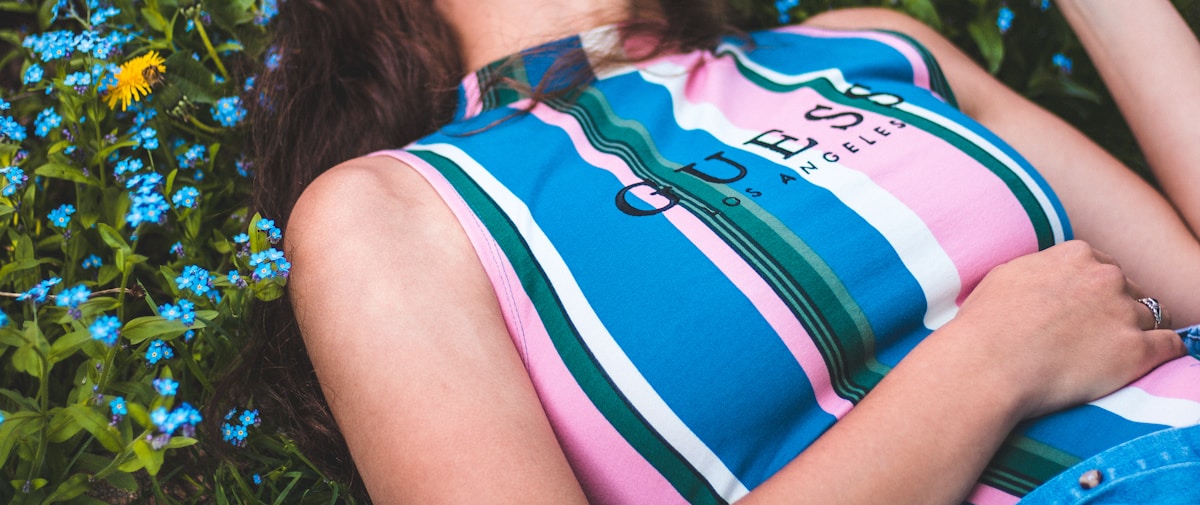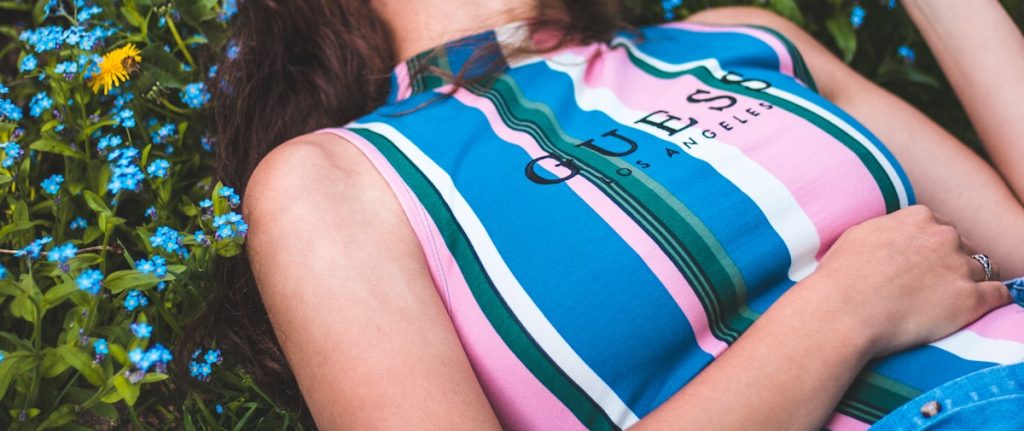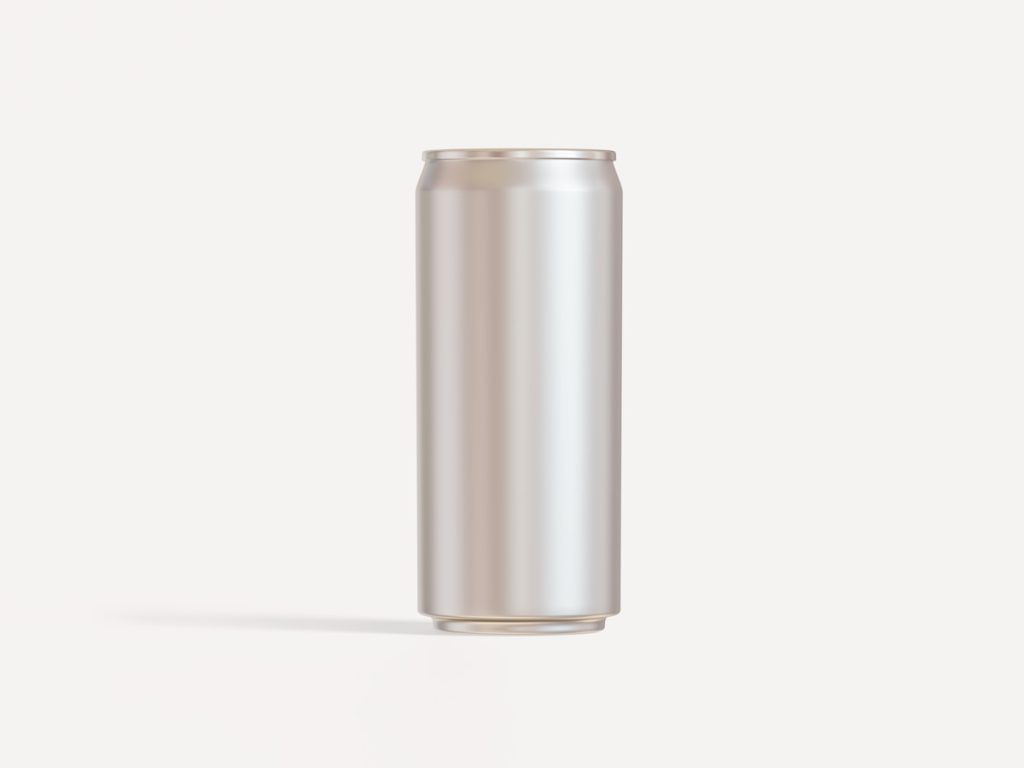Guess AI‑Generated Models Featured in Vogue
In the spring of 2024, the fashion world witnessed a quiet but seismic shift: Guess—the iconic denim and lifestyle brand—debuted a series of AI‑generated models in Vogue. The editorial, titled “Digital Dreamscape,” paired the brand’s classic aesthetic with hyper‑realistic virtual muses, sparking conversations about authenticity, creativity, and the future of advertising.
Why AI Models?
Several factors motivated Guess’s decision to experiment with synthetic talent:
- Speed and Flexibility: AI avatars can be rendered in minutes, allowing designers to iterate on styling, lighting, and pose without the logistical constraints of traditional photo shoots.
- Inclusivity by Design: By constructing models from a data‑driven palette of body types, ethnicities, and gender expressions, Guess aimed to showcase a broader spectrum of beauty that often remains under‑represented in mainstream media.
- Cost Efficiency: While high‑budget campaigns still rely on human talent, AI reduces expenses related to travel, location permits, and post‑production retouching.
The Creative Process
Guess partnered with ArtificialFashion, a startup specializing in generative adversarial networks (GANs) for visual content. The workflow unfolded in three stages:
- Data Curation: Over 1.2 million runway and editorial images were fed into the model, teaching it the nuances of pose, fabric drape, and lighting.
- Avatar Generation: Artists selected a set of base parameters—height, skin tone, hair texture—and let the AI synthesize unique faces and bodies.
- Styling & Rendering: Guess’s design team dressed the avatars with the upcoming collection, while the AI engine simulated realistic shadows, skin reflectance, and fabric movement.
Reader Reaction
When the issue hit stands, social media lit up with mixed emotions. Vogue readers praised the campaign’s visual daring, noting how the AI models “blur the line between reality and imagination.” Others expressed concern, questioning whether virtual faces might replace real models and erode the livelihood of professional talent.
“It’s a beautiful piece of art, but it also feels a little uncanny. I’m curious where the line will be drawn between homage and replacement.” – @fashionista_92, Instagram
Industry Implications
The Guess-Vogue collaboration is more than a novelty; it signals a broader industry trend:
- Hybrid Campaigns: Brands may blend human and AI models to leverage the strengths of both—authentic presence and limitless visual possibilities.
- Regulatory Dialogue: As synthetic faces become indistinguishable from real ones, regulators are considering disclosure standards to maintain consumer trust.
- Creative Ownership: Questions about intellectual property arise: who owns the rights to an AI‑generated image—the brand, the tech provider, or the underlying data sources?
Looking Ahead
Guess has hinted that this is just the first chapter of a longer digital narrative. Upcoming collections may feature AI avatars interacting with real influencers, or even adaptive models that change outfits in real time based on viewer preferences. For now, the Vogue spread stands as a bold testament to what happens when fashion’s heritage meets the frontier of artificial intelligence.
Whether you view it as a creative breakthrough or a cautionary tale, the emergence of AI‑generated models in high‑profile publications like Vogue confirms that the runway’s future will be as much about code as it is about couture.



